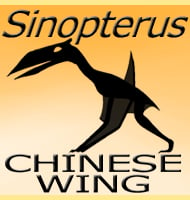Lonchodectes
In Depth The problem with Lonchodectes is that the genus continues to be treated somewhat like a wastebasket with the most fragmentary remains being attributed to it, which explains the broad temporal range of Lonchodectes in the fossil record. The reason for this is mostly down to is taxonomic history with the first sets of … Read more
